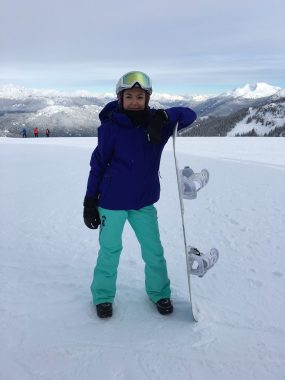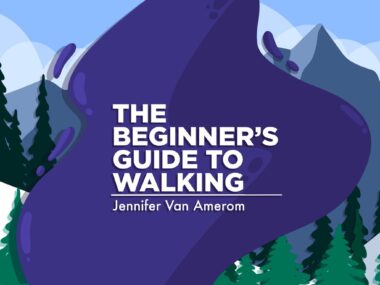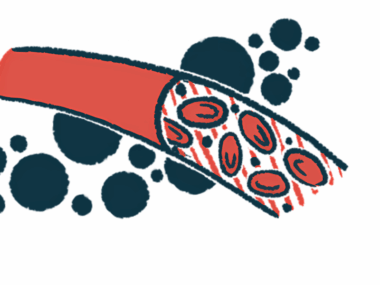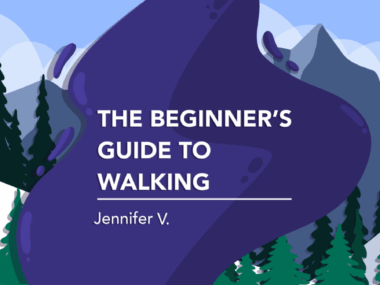Why I Still Snowboard With a Disability
Written by |

Daniel Prudek/Shutterstock
Gravity is my friend. Even if I’m tired, gravity will pull my snowboard and me down the mountain.
I like to ride alone because I need to listen to music, which I only play in one ear so I can hear my surroundings. During the offseason, I build music playlists for snowboarding. It helps me maintain a rhythm and puts me into a trance so I don’t feel overwhelmed. Inhale, toe turn, exhale, heel turn.
At the end of every run, I always look back up at the mountain. “Yeah, I just did that,” I think, and give myself a mental high-five.
As winter approaches, I always experience a mix of feelings. I love spending time outdoors with my family, and I’m excited to head out and snowboard again. Yet, at the same time, I’m also anxious because of my physical disability. Neuromyelitis optica (NMO) affects my strength, balance, coordination, and energy level. Plus, I live with persistent pain that always worsens with exertion.
So why do I torture myself year in and year out?
There are several reasons why I continue to snowboard, but the greatest reason is because I still can. While I don’t dwell on the what ifs often, those questions linger at the back of my mind. What if I suffer another major attack and the paralysis is permanent this time? What if I lose my vision and it doesn’t return?
I took up snowboarding before my NMO diagnosis. At the time, my therapist said I struggled with commitment. So, in a brazen move to prove her wrong, I marched into a store the next day and purchased my gear, without having ever tried the sport. How hard could it be for someone like me who grew up dancing and playing sports? Famous last words.

Jennifer at the top of Whistler Mountain in British Columbia, Canada, in 2016. (Photo by Mike Drolet)
That first year, trying to snowboard was impossible. Leaning down a mountain goes against every ounce of my existence. I broke my tailbone and flew home across the country on a donut-shaped seat. The next year was easier, but I struggled with my fear of heights. The third winter, I wanted to keep improving, both mentally and physically, but my body had other plans. Devastated by a transverse myelitis attack, I spent that season learning to walk again. The irony of the situation was not lost on me.
The sport is not easy, especially when you can only practice during the winter months. I also took years off while in recovery from NMO, and while I was pregnant. I’m never the fastest person going down the mountain, but I can confidently call myself a strong intermediate now.
My least favorite part of snowboarding is the chairlift. At Whistler, there are gondolas that take you almost to the top of the mountain, which is why it’s my favorite place to board. Chairlifts give me serious anxiety. While riding them, my board must hang from my right leg, the one that often triggers spasms. That leads to me awkwardly trying to balance my board on my left foot the entire ride up. As we approach the exit ramp, I always give myself a pep talk. “You can do this. Stay calm.” You see, the exit ramp comes quick. In one graceful move, a snowboarder must line their board down the ramp, place their free foot onto a stomp pad, and glide down. My legs have been numb since 2009, so I need to look down and line things up from sight, all while facing my fear of heights. To add to the challenge, sometimes visibility is limited with the blowing snow. My two thumb breaks and most of my snowboarding falls have happened on the chairlift exit ramp.
I’m always on the hunt for ways to make snowboarding more inclusive. I’m a huge fan of the Burton Step On boots and binding system, which were released just a few years ago. Before my Step Ons, I had to sit down to put my boots into their bindings. I’d have to roll onto my stomach to push myself up to a standing position and wait a few moments to regain my equilibrium. This always took up so much of my energy. It was also embarrassing to have to ask my loved ones to wait so I could catch my breath. Now, I just, well, step onto the board, and am always ready to go before everyone else.
Maybe I should have quit snowboarding for good when I first became sick, but I wanted to reclaim my identity, and I’m glad I did. When we think of disability, it’s easy to think of all the things we can’t do, but I have benefited from reshaping my mindset and simply doing things differently.
***
Note: Neuromyelitis News is strictly a news and information website about the disease. It does not provide medical advice, diagnosis, or treatment. This content is not intended to be a substitute for professional medical advice, diagnosis, or treatment. Always seek the advice of your physician or other qualified health providers with any questions you may have regarding a medical condition. Never disregard professional medical advice or delay in seeking it because of something you have read on this website. The opinions expressed in this column are not those of Neuromyelitis News, or its parent company, Bionews, and are intended to spark discussion about issues pertaining to neuromyelitis optica spectrum disorder (NMOSD).







Leave a comment
Fill in the required fields to post. Your email address will not be published.